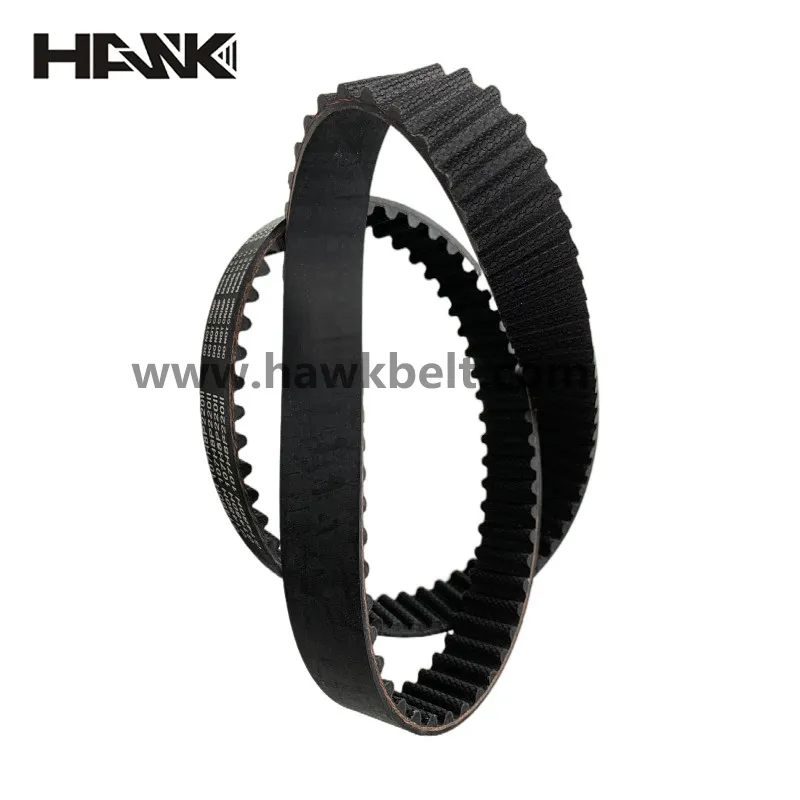- Arabic
- French
- Russian
- Spanish
- Portuguese
- Turkish
- Armenian
- English
- Albanian
- Amharic
- Azerbaijani
- Basque
- Belarusian
- Bengali
- Bosnian
- Bulgarian
- Catalan
- Cebuano
- Corsican
- Croatian
- Czech
- Danish
- Dutch
- Afrikaans
- Esperanto
- Estonian
- Finnish
- Frisian
- Galician
- Georgian
- German
- Greek
- Gujarati
- Haitian Creole
- hausa
- hawaiian
- Hebrew
- Hindi
- Miao
- Hungarian
- Icelandic
- igbo
- Indonesian
- irish
- Italian
- Japanese
- Javanese
- Kannada
- kazakh
- Khmer
- Rwandese
- Korean
- Kurdish
- Kyrgyz
- Lao
- Latin
- Latvian
- Lithuanian
- Luxembourgish
- Macedonian
- Malgashi
- Malay
- Malayalam
- Maltese
- Maori
- Marathi
- Mongolian
- Myanmar
- Nepali
- Norwegian
- Norwegian
- Occitan
- Pashto
- Persian
- Polish
- Punjabi
- Romanian
- Samoan
- Scottish Gaelic
- Serbian
- Sesotho
- Shona
- Sindhi
- Sinhala
- Slovak
- Slovenian
- Somali
- Sundanese
- Swahili
- Swedish
- Tagalog
- Tajik
- Tamil
- Tatar
- Telugu
- Thai
- Turkmen
- Ukrainian
- Urdu
- Uighur
- Uzbek
- Vietnamese
- Welsh
- Bantu
- Yiddish
- Yoruba
- Zulu
aŭg . 19, 2024 11:48 Back to list
Understanding the Importance of Automotive Belts in Vehicle Performance and Maintenance
The Importance of Automotive Belts A Comprehensive Overview
Automotive belts are critical components that play a pivotal role in the functioning of vehicles. They are essential for transferring power from the engine to various systems within the car, ensuring that everything operates smoothly and efficiently. In this article, we will explore the types, functions, maintenance, and importance of automotive belts.
Types of Automotive Belts
There are several types of automotive belts, the most common being the serpentine belt, timing belt, and V-belt.
1. Serpentine Belt The serpentine belt is a long, winding belt that drives multiple peripheral devices in the engine, such as the alternator, power steering pump, water pump, and air conditioning compressor. Its design allows a single belt to replace multiple belts, reducing weight and maintenance concerns.
2. Timing Belt The timing belt is responsible for synchronizing the rotation of the crankshaft and camshaft. This synchronization ensures that engine valves open and close at the proper times relative to piston movement. A failing timing belt can lead to significant engine damage, making its maintenance critical.
3. V-Belt V-belts are wedge-shaped belts that are primarily used to drive accessories such as the alternator and air conditioning compressor. They are gradually being replaced by serpentine belts in many modern vehicles, but they still remain prevalent in older models.
Functions of Automotive Belts
automotive belts

The primary function of automotive belts is to transfer power from the engine to various components, ensuring that essential systems operate effectively. For example, the serpentine belt powers the alternator, which generates electricity to recharge the battery and power the vehicle's electrical systems. Similarly, the timing belt is essential for maintaining the engine's timing and preventing catastrophic engine failure.
Automotive belts also help in managing the vehicle’s overall performance. A properly functioning belt ensures that the engine operates efficiently, contributing to better fuel economy and reduced emissions. Conversely, a worn or damaged belt can negatively impact performance and lead to more significant mechanical issues over time.
Maintenance and Replacement
Regular inspection and maintenance of automotive belts are crucial for their longevity and performance. Mechanics recommend checking belts for signs of wear, such as cracks, fraying, or glazing, at least once a year or every 30,000 to 50,000 miles. Replacing belts at the first sign of wear can prevent unexpected breakdowns and costly repairs.
It’s important to consult the vehicle's owner manual for specific replacement intervals and recommendations, as well as to consider factors like driving habits and environmental conditions that may influence belt wear.
Conclusion
In summary, automotive belts are vital components that keep vehicles running effectively. From the serpentine belt's ability to drive multiple accessories to the timing belt's critical role in engine synchronization, these belts ensure that every part of the vehicle operates in harmony. Regular maintenance and timely replacement of automotive belts are crucial for avoiding breakdowns and maintaining optimal vehicle performance. By giving due attention to these often-overlooked components, drivers can ensure their vehicles remain reliable and efficient for years to come. In the ever-evolving landscape of automotive technology, the importance of belts will continue to prevail, underscoring their role in the safety and functionality of vehicles.
-
Korean Auto Parts Timing Belt 24312-37500 For Hyundai/Kia
NewsMar.07,2025
-
7PK2300 90916-T2024 RIBBED BELT POLY V BELT PK BELT
NewsMar.07,2025
-
Chinese Auto Belt Factory 310-2M-22 For BMW/Mercedes-Benz
NewsMar.07,2025
-
Chinese Auto Belt Factory 310-2M-22 For BMW/Mercedes-Benz
NewsMar.07,2025
-
90916-02660 PK Belt 6PK1680 For Toyota
NewsMar.07,2025
-
drive belt serpentine belt
NewsMar.07,2025

